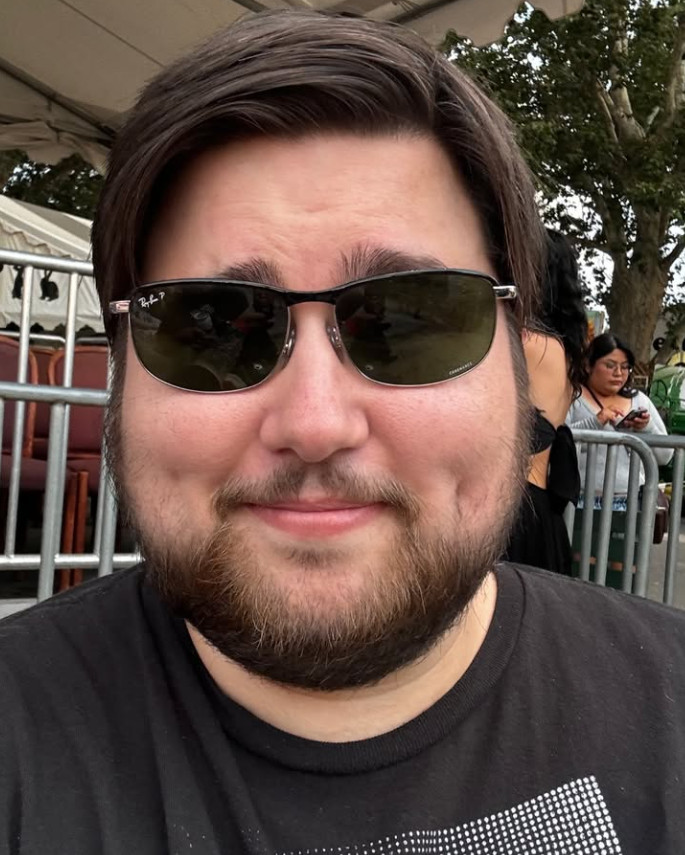Reflection on Basic Characteristic of Science Teaching/Learning Experiences
In high school, science classes were a mix of structured lessons and hands-on experiments. One project that stands out to me involved studying how plants grow under different conditions. We had different groups of plants that were exposed to varying amounts of light and water—some got too much, some too little, and others had just the right balance. We monitored the changes over a few weeks, recording observations and discussing the results in class. It was a long-term experiment, but I liked it because I could see science in action, which made it easier to stay interested.
Assessments were mostly multiple-choice tests, though sometimes we had short-answer questions where we had to explain our reasoning. I never really liked multiple-choice because it gave me anxiety. I always felt like I was second-guessing myself. Writing out answers was a lot easier for me since it gave me the chance to show what I really knew without feeling pressured to pick one “perfect” answer.
Class discussions were usually led by the teacher, but there was still room for us to participate. The teacher would often ask questions to guide the lesson or encourage us to think critically. If a guest speaker came in—like someone doing a demonstration—that person would take over and lead the conversation. We could always ask questions during discussions, and I appreciated that. Still, not everyone engaged. Some classmates were quiet and rarely spoke, while others (including me sometimes) were more involved.
The classroom setup was the same across teachers, they all had the desks aligned traditionally with large black desks that could accommodate up to three students at a time. I liked the group setup because it made labs and group projects easier to manage and was a little more social. The atmosphere felt more collaborative that way.
I generally had good relationships with my science teachers. One of them, in particular, was great at encouraging exploration and curiosity. I remember during a chemistry lab, I got to experiment with a harmless chemical that temporarily stained my skin yellow. I used it to paint designs on my hand, and the teacher was totally supportive of it. That kind of freedom to explore made science feel less intimidating and more fun. Having teachers who encouraged creativity and curiosity made a huge difference in how engaged I was in class.
Personal Experiences/Ideas
A learning experience where I felt like I belonged was during a field trip to a planetarium. Being surrounded by others who were equally captivated by the stars, planets, and cosmic events made me feel at home. The experience of seeing concepts I had only read about brought science to life in a way that felt tangible and inspiring.
In school, science was a mixed experience. Some teachers made it feel distant and abstract, focusing too much on memorization. Others, however, emphasized exploration and hands-on learning, which kept me engaged. Those moments were crucial in shaping my passion for science and showed me how teaching methods can make all the difference.
Outside of school, I’ve learned a lot through personal interests and experiences. Visiting science museums, watching documentaries, and spending time outdoors have all deepened my understanding. For instance, hiking through different ecosystems has enhanced my grasp of environmental science, while documentaries have given me insight into discoveries across various scientific fields. These experiences have helped me see science as dynamic and interconnected, and I want to bring that perspective into the classroom.
As a future teacher, I want to cultivate that same excitement and curiosity in my students. I want to create a space where students are encouraged to explore, ask questions, and think critically. To build my confidence, I need to keep growing in content knowledge and develop strategies to teach concepts in relatable, engaging ways. Seeking out professional development opportunities and collaborating with colleagues will be key.
Science education is vital today because it empowers people to make informed decisions in a world shaped by rapid scientific and technological change. Programs like STEM and STEAM foster skills that prepare students for the future, encouraging innovation, collaboration, and creative problem-solving. For example, local robotics competitions and coding initiatives provide hands-on opportunities for students to engage with technology early on.
These initiatives matter because they reflect society’s needs and help bridge the gap between education and real-world challenges. They promote inclusivity and opportunity, giving all students a chance to succeed in science-based fields.
To continue growing professionally, I’ll stay connected to advancements in both science and education. I plan to attend workshops, follow research in science pedagogy, and seek mentorship from experienced educators. Reflecting on my teaching practices and learning from my peers will help me develop into the kind of teacher who not only teaches science but also inspires a love for it.
